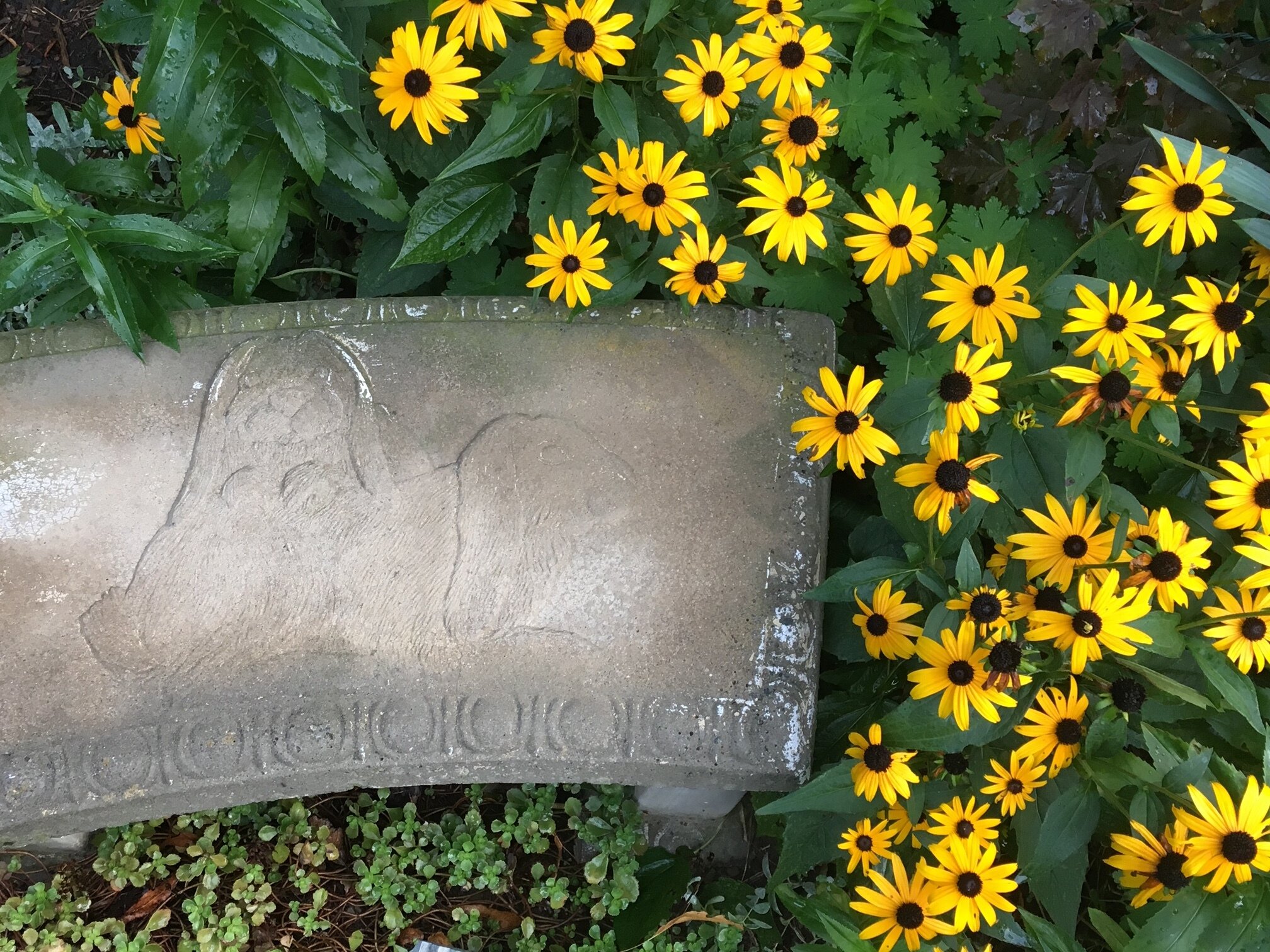A little love for the Black-eyed Susan
Black-eyed Susans are the perfect low-maintenance garden plant
You gotta love the Black-eyed Susan.
That cheery yellow with its definitive brown or black centre can bring a smile to even the non-gardener’s face, just as other plants in the garden fall victim to the dog-days of summer.
This tough, late summer native plant is as comfortable in our gardens as it is naturalized in grassy meadows.
(The importance of using native plants in our gardens is explored in great detail in my article here.)
In our garden, the hard-working Rudbeckia Hirta takes prominance in both the front, back and side gardens where I have let them naturalize and self-seed. They are just too easy and fun not to grow in our gardens.
Goldfinches depend on them for their late autumn/winter seed heads, and deer, well they pretty much leave them alone once they get past their spring tender young growth and develop their hairy leaves and stems. Butterflies and bees are attracted to Rudbeckia Hirta and the plant is a larval host to three butterflies including the gorgone and silvery checkerspot species.
What’s not to love?
Rudbeckia hirta, commonly called black-eyed Susan, is native to Eastern and Central North America. Its wide range is evident after having been found in all 10 Canadian provinces and 48 states. It’s a member of the sunflower family and a workhorse in the New American Garden along with sedum Autumn Joy and natural grasses. Although most of the plants in our gardens are likely of the perennial variety, there are biennial and annual varieties.
These are heat and drought tolerant native plant
If you are looking for a low-maintenance plant, Rudbeckia hirta is both heat and drought tolerant. It self-seeds and is able to grow in a variety of soils, but prefers a neutral soil pH and a full sun to light shade location. Deadheading, though unnecessary, will encourage more blooms and a stronger, less leggy plant.
The daisy-like flowers can be single semi-double, and fully-double. All, however, sport coarse-textured, scratchy, hairy leaves. Black-eyed Susans work well with Sedum Autumn Joy, purple coneflower and New England asters as well as many of the grasses that have become so popular in our gardens.
An important part of the New American Garden is using plants that perform in summer, fall and winter. Black-eyed Susans certainly meet that criteria. The plants have a strong winter presence in the garden, if the seed heads are left on the plants. Their dark stems give the plant architectural interest all winter and the seed heads covered in snow add a whimsical note to the winter garden.
• If you are considering creating a meadow in your front or backyard, be sure to check out The Making of a Meadow post for a landscape designer’s take on making a meadow in her own front yard.
A few rudbeckia varieties
Here are a few varieties of rudbeckia you might be interested in for your garden:
Rudbeckia fulgida var. sullivantii “Goldsturm” is the standard for Rudbeckia. It is long-blooming and virtually pest free. It grows to about 2-feet tall.
Rudbeckia “Toto Rustic” is a dwarf plant with warm fall colors. Also available is a golden “Toto” and paler “Toto Lemon.” (1 foot tall)
Rudbeckia hirta “Cherokee Sunset” has double and semi-double flowers in shades of yellow, orange, red, bronze and mahogany. It is short-lived but reseeds itself. (2 feet tall)
Rudbeckia hirta “Indian Summer” is daisy-like, with large yellow flowers. It’s short-lived, reseeds itself or it can be grown as an annual. This fella can grow to between 3 to 4 feet tall. Its perfect for the back of the border or for a real statement in the garden.
More links to my articles on native plants
Why picking native wildflowers is wrong
Serviceberry the perfect native tree for the garden
The Mayapple: Native plant worth exploring
Three spring native wildflowers for the garden
A western source for native plants
Native plants source in Ontario
The Eastern columbine native plant for spring
Three native understory trees for Carolinian zone gardeners
Ecological gardening and native plants
Eastern White Pine is for the birds
Native viburnums are ideal to attract birds
The Carolinian Zone in Canada and the United States
Dogwoods for the woodland wildlife garden
This page contains affiliate links. If you purchase a product through one of them, I will receive a commission (at no additional cost to you) I try to only endorse products I have either used, have complete confidence in, or have experience with the manufacturer. Thank you for your support. This blog would not be possible without your continued support.


